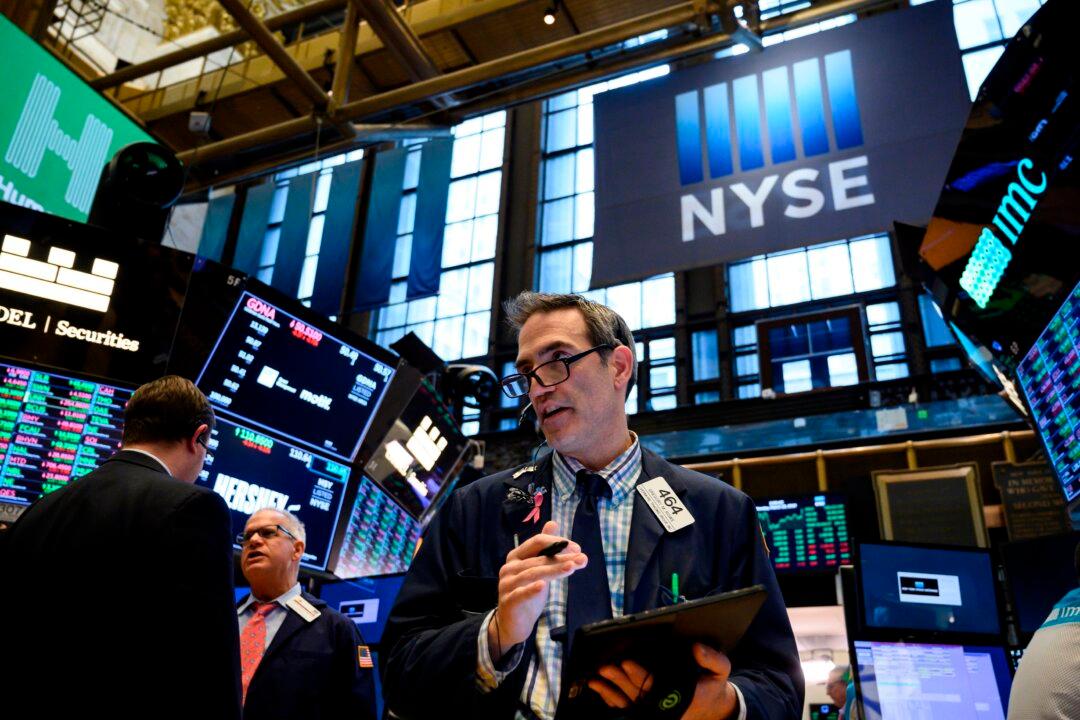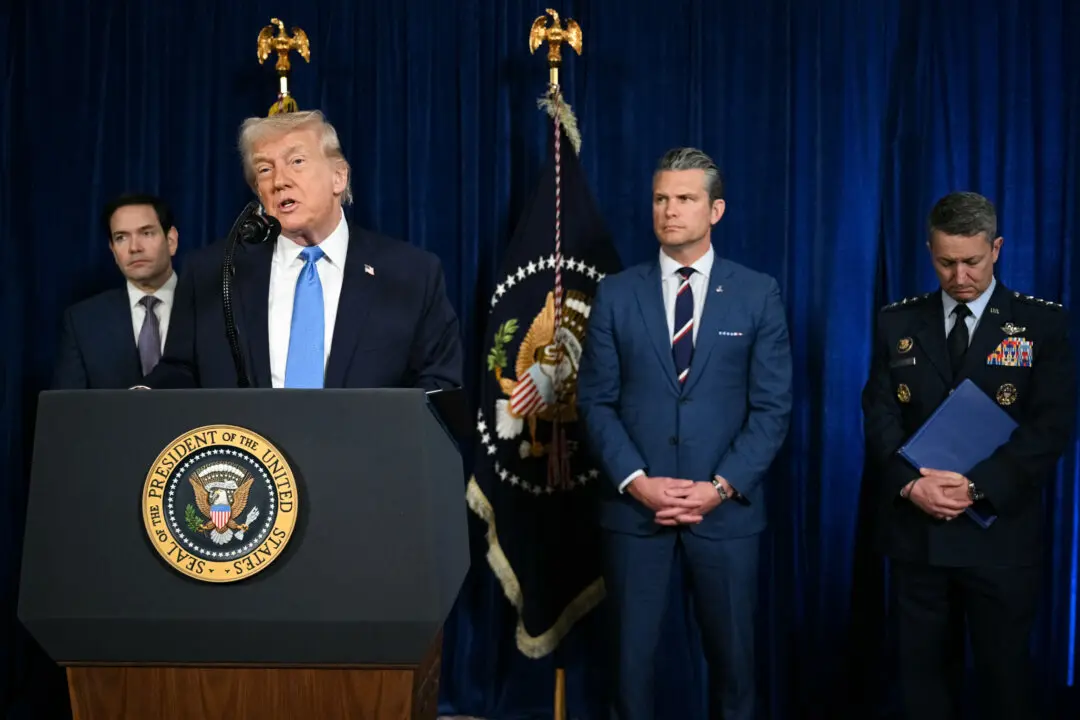U.S. stocks rose sharply in volatile trading on March 10 after President Donald Trump met with Senate Republicans on Capitol Hill and emerged to deliver a message on a much-anticipated coronavirus relief plan.
All three major Wall Street indexes—the Dow, Nasdaq, and S&P 500—closed nearly 5 percent up. The rebound comes on the heels of a 7-percent slide on March 9 triggered by a crash in oil prices. The decline on March 9 came worryingly close to bear market territory, a condition where prices fall 20 percent or more from recent highs.





